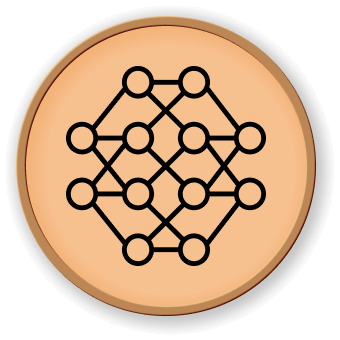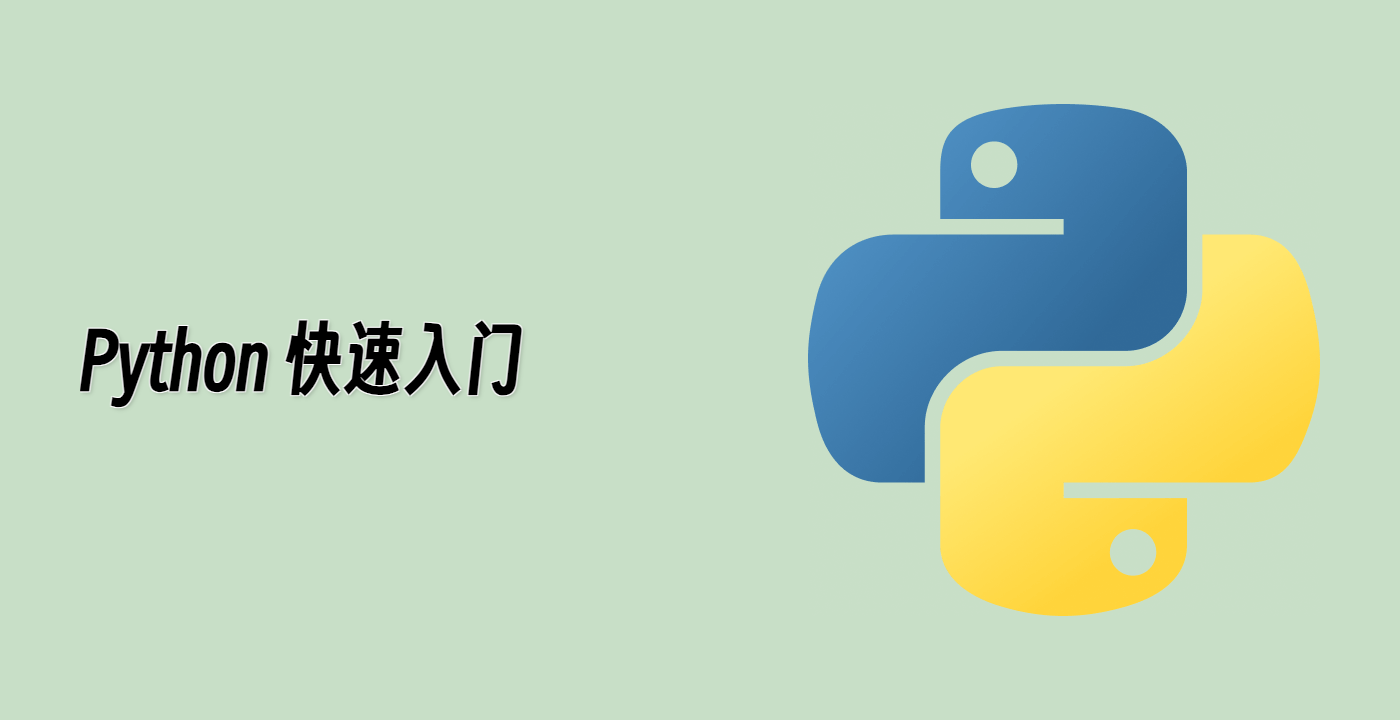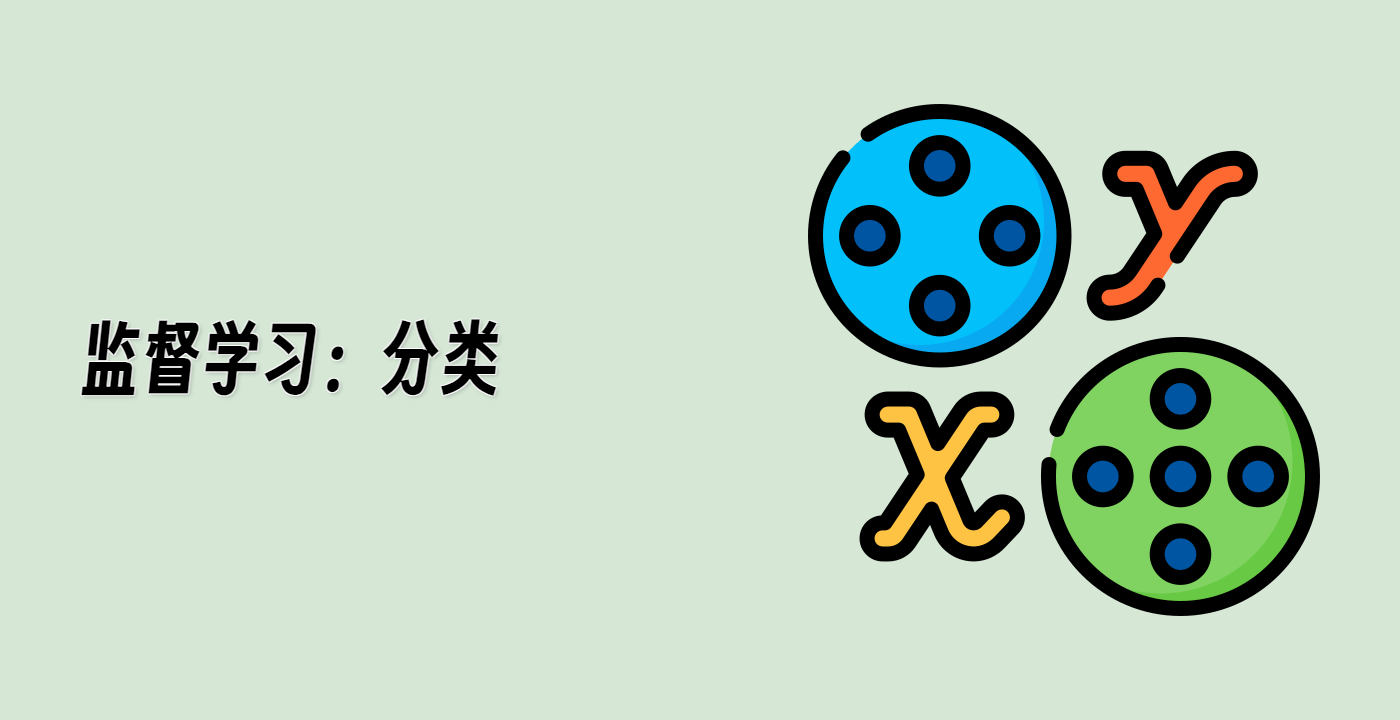定义网格搜索策略
我们将定义一个函数,该函数将被传递给 GridSearchCV 实例的 refit 参数。它将实现自定义策略,以便从 GridSearchCV 的 cv_results_ 属性中选择最佳候选模型。一旦选择了候选模型,GridSearchCV 实例会自动对其进行重新拟合。
这里的策略是筛选出在精确率和召回率方面表现最佳的模型。从选定的模型中,我们最终选择预测速度最快的模型。请注意,这些自定义选择完全是任意的。
import pandas as pd
from sklearn.metrics import classification_report
def print_dataframe(filtered_cv_results):
"""Pretty print for filtered dataframe"""
for mean_precision, std_precision, mean_recall, std_recall, params in zip(
filtered_cv_results["mean_test_precision"],
filtered_cv_results["std_test_precision"],
filtered_cv_results["mean_test_recall"],
filtered_cv_results["std_test_recall"],
filtered_cv_results["params"],
):
print(
f"precision: {mean_precision:0.3f} (±{std_precision:0.03f}),"
f" recall: {mean_recall:0.3f} (±{std_recall:0.03f}),"
f" for {params}"
)
print()
def refit_strategy(cv_results):
"""Define the strategy to select the best estimator.
The strategy defined here is to filter-out all results below a precision threshold
of 0.98, rank the remaining by recall and keep all models with one standard
deviation of the best by recall. Once these models are selected, we can select the
fastest model to predict.
Parameters
----------
cv_results : dict of numpy (masked) ndarrays
CV results as returned by the `GridSearchCV`.
Returns
-------
best_index : int
The index of the best estimator as it appears in `cv_results`.
"""
## print the info about the grid-search for the different scores
precision_threshold = 0.98
cv_results_ = pd.DataFrame(cv_results)
print("All grid-search results:")
print_dataframe(cv_results_)
## Filter-out all results below the threshold
high_precision_cv_results = cv_results_[
cv_results_["mean_test_precision"] > precision_threshold
]
print(f"Models with a precision higher than {precision_threshold}:")
print_dataframe(high_precision_cv_results)
high_precision_cv_results = high_precision_cv_results[
[
"mean_score_time",
"mean_test_recall",
"std_test_recall",
"mean_test_precision",
"std_test_precision",
"rank_test_recall",
"rank_test_precision",
"params",
]
]
## Select the most performant models in terms of recall
## (within 1 sigma from the best)
best_recall_std = high_precision_cv_results["mean_test_recall"].std()
best_recall = high_precision_cv_results["mean_test_recall"].max()
best_recall_threshold = best_recall - best_recall_std
high_recall_cv_results = high_precision_cv_results[
high_precision_cv_results["mean_test_recall"] > best_recall_threshold
]
print(
"Out of the previously selected high precision models, we keep all the\n"
"the models within one standard deviation of the highest recall model:"
)
print_dataframe(high_recall_cv_results)
## From the best candidates, select the fastest model to predict
fastest_top_recall_high_precision_index = high_recall_cv_results[
"mean_score_time"
].idxmin()
print(
"\nThe selected final model is the fastest to predict out of the previously\n"
"selected subset of best models based on precision and recall.\n"
"Its scoring time is:\n\n"
f"{high_recall_cv_results.loc[fastest_top_recall_high_precision_index]}"
)
return fastest_top_recall_high_precision_index




